Premium Only Content
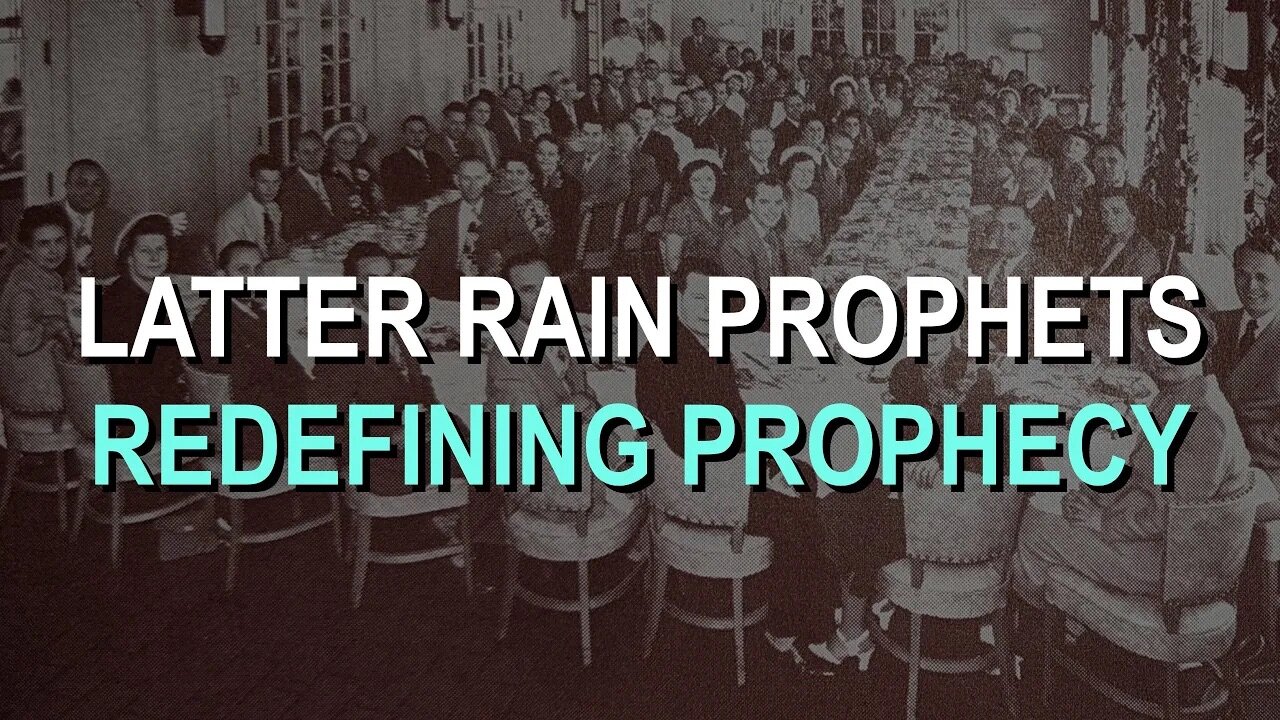
Latter Rain: Redefining Prophets and Prophecy
The Latter Rain movement of the late 1940s and early 1950s redefined what it means to be considered a “prophet” or to have a “prophecy”. In Biblical terms, a “prophet” is a person used as a mouthpiece for God, in many cases speaking of current or past events with the purpose of correction, blessing, protection, and towards the end of the Old Testament, to describe curses of the Mosaic Law for failure to keep the Commandments of that Law.
Leaders in Latter Rain redefined this term to be “seers of the future”, which the ancients would have called “fortune tellers” and associated with sorcery — a crime punishable by death under the Mosaic Law. Latter Rain “prophets” defended this by equating their ministries to that of Christ, and referencing passages from the New Testament describing the Jews condemning Jesus by associating him with “fortune telling”. Unsuspecting converts did not realize the difference, and as a result, put these “prophets” in such positions of authority that many of them formed cults of personality.
Worse, the Latter Rain movement redefined the term “prophecy” in such a way that it resembled trying to shoot a target in the distance with scattered buckshot from a 12-gauge rifle. If most of the “prophecies” missed the mark, but one single ball happened to strike a target of some sort, their alleged “gift of prophecy” was “accurate”.
You can learn this and more on william-branham.org
-
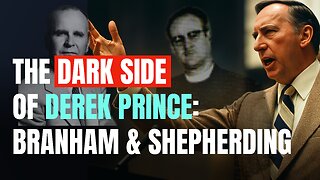 1:03:23
1:03:23
William Branham Historical Research
2 days agoDerek Prince & Dark Legacy of the Shepherding Movement | Revival History | Charles Paisley | Ep 383
171 -
 LIVE
LIVE
BEK TV
23 hours agoTrent Loos in the Morning 7/25/2025
305 watching -
 15:03
15:03
Dad Saves America
13 hours ago $1.41 earnedHow the Department of Education Hijacked Our Schools - Poisoning of the American Mind: Pt 3
26.7K5 -
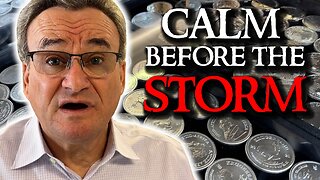 14:06
14:06
Silver Dragons
15 hours agoBullion Dealer Reacts to Silver Price TRIPLING in 5 Years
11.5K4 -
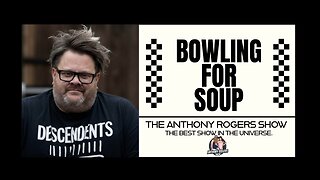 28:31
28:31
Anthony Rogers
14 hours agoBOWLING FOR SOUP interview
9.04K3 -
 17:12
17:12
Nate The Lawyer
2 days ago $2.19 earnedTrans Swimmer Lia Thomas Stripped of Titles for Being a Man in Women’s Sports
28.5K24 -
 12:17
12:17
Zoufry
20 hours agoThe Hunt For The Real Life James Bond
34.7K6 -
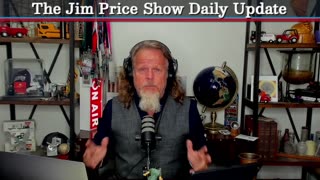 59:55
59:55
TheJimPriceShow
15 hours agoSAM ANTHONY Ep.1244
10 -
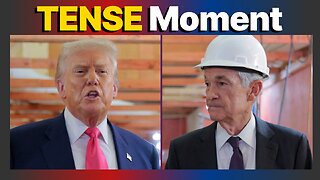 24:05
24:05
DeVory Darkins
10 hours ago $11.90 earnedTrump HUMILIATES Jerome Powell in TENSE moment... Columbia University surrenders
112K80 -
 14:17
14:17
Doc Rich
5 days agoLefties Losing It Once Again
35.4K38